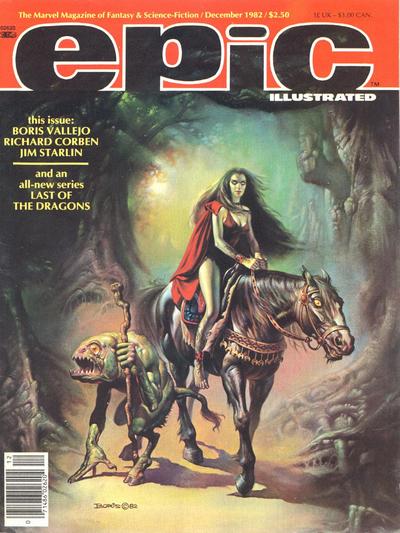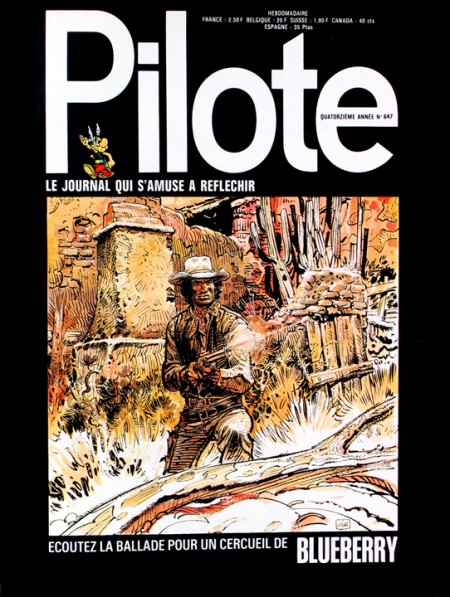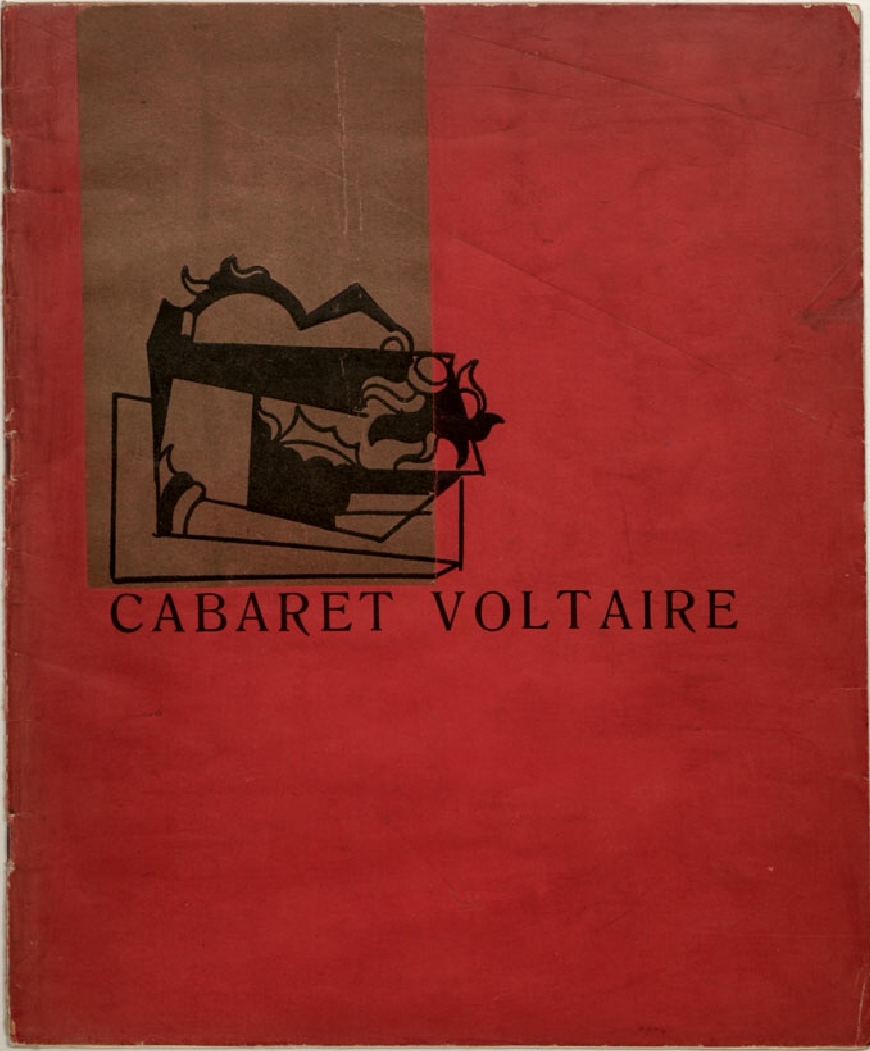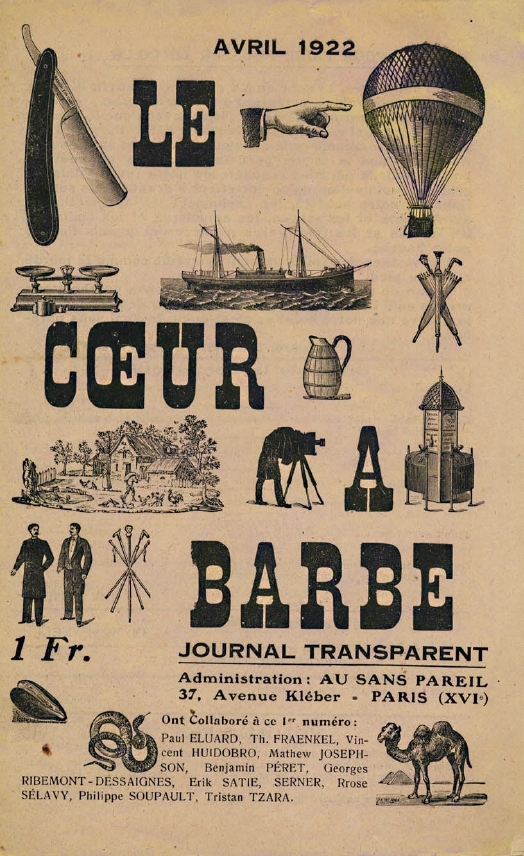RM Rhodes – curator of the Heavy Metal Magazine tumblr – brings some thoughts on the history of anthologies.
—————————————————————————————————
Anthologies and episodic publishing arrived in Western Europe at more or less the same time, which makes sense. When you have four partial stories, it’s easier to bundle them together in a common publication and tell customers that the next installments will be available in a week or a month. And it’s less risky to convince a reader that has already bought the first part of a story to buy the next part than it is to convince a reader to buy a story they’ve never seen.
My point is that the anthology has been around for ages. It’s a very old, very versatile, very robust format. And that’s what makes the format interesting.
First, let’s talk terms. An anthology is a collection of short works. In this context, the works are comics, sequential art, visual narrative, comics-adjacent storytelling, informatics and some other lumpy labels for stuff that tells a story with pictures. The meaning of “short” varies greatly. Half and full page stories are common. As are stories that last dozens of pages.
Notice that there’s no requirement about whether the stories have to be complete. Nor is there one about whether the anthology is standalone. It is very common for anthologies to be released periodically over a pre-advertised schedule (usually weekly or monthly or some multiple thereof). And is also common for stories to be told episodically over the course of multiple sequential installments.
An anthology that met that criteria would then be an episodic periodical. But that term also fits the description of most magazines and publications – many of which are, in their own way, anthologies. If nothing else, precision of terminology will keep you from getting ripped off.
This highlights one of the most intriguing aspects of the anthology format – the flexibility. Everyone and his brother has put together an anthology, but there is always the comfort in knowing that anyone can put one together. It’s an easy choice for what to do with random bits and bobs that don’t fit anywhere else. It’s also a great way to spread the risk inherent in publication around a bit. The more people in an anthology, the more people have a vested interest in its success.
There are a huge number of decisions available to make: page size, page count, color vs b&w, binding, theme, creators, compensation, funding, printing, advertising, distribution. There is never a good reason to make an anthology, but every comics creator should try to organize one at least once in their life – it’s a very practical lesson in logistics, organization, motivation, and frustration.
The student of the anthology has a lot of examples to look to for inspiration.
Through the 1920s, there was a series of art journals and publications put out by various art groups in Europe: de Stilj, Dada, Cannibale, Le Couer, Cabaret Voltaire. Due to modern advances in printing technology, it is easier to self-publish zines with better production values. But it’s also interesting to note that the impulse to run an amateur publication of random stuff is perfectly normal.
There’s a certain amount of debate regarding how and when the cartooning tradition in Western Europe became the comics tradition of Western Europe. Some point to the broadsheets of the 17 century that introduced the twin concepts of anthologies and episodic storytelling as a precursor to modern sequential art. But it’s more likely that comics as we know them grew up during the 19th Century. And anthologies were an important part of that maturation.
The default format for professional episodic periodicals in American comics has been monthly comics of a set page length that may or may not have additional stories. Professional Franco-Belgian comics have been dominated by the weekly anthology format, featuring strips of half or full page in length. These were later collected into albums of 48 pages in length – which is how most English speakers have encountered this material. (If you’re wondering what was probably collected like this, flip through any album and look for a horizontal white gutter cutting straight across the book at the half-page mark.)
Probably the most famous anthology from this tradition in the English speaking market is Heavy Metal. It started as a monthly anthology that contained a mix of episodic and stand-alone stories. It sort of still does most of that. In the mid-80s, Heavy Metal shifted format and centered their publication around a single complete story with a variety of shorter stories as supplements. This influenced later anthologies and we can see that Island, for example, followed the same general model.
It is convenient to be able to read the more well-known stories in a mass market edition. However, it is also valuable to observe the original print runs of anthologies where- and when-ever possible. Reading material in the context that it was originally presented to the market in is very valuable. First and foremost, examining primary sources acknowledges the effort that was put into the anthology in the first place. Additionally, it highlights the kinds of commercial advertisements from the period printed next to the original material. Sometimes the juxtaposition is startling.
It also provides a sense of the flow of the reader through the book. Arguably, the order that the stories are presented in is important because it shapes the mood of the reader from cover to cover. Knowing that a story beat in a completely different story occurred directly before this story may have changed how this one was perceived.
Reading an issue of an anthology is like eating a club sandwich. There are a lot of different distinguishable flavors, but the combination is distinct. And that’s the whole point of producing an anthology.
—————————————————————————————————
RM Rhodes lives and works in Washington, D.C. His current project is a weekly online anthology called The Rumor published on the Comics Workbook tumblr – see issues of it HERE. Check out more of his comics at Louis Deux.





